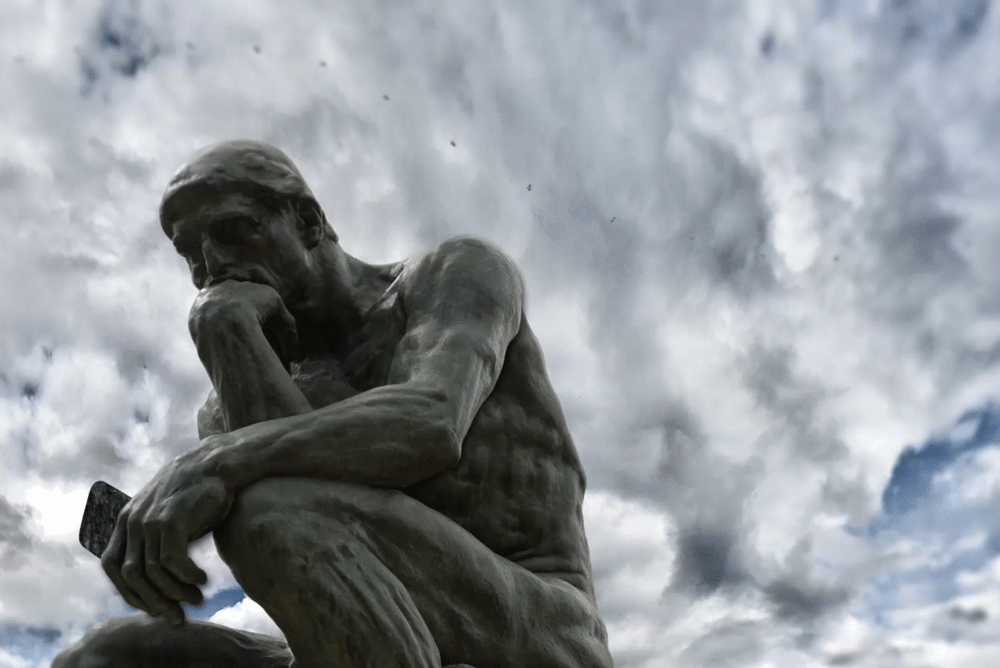The start of 2023 has brought with it renewed discussion about the role of journalism in society and, more importantly, how it should be practiced and for whom.
At the same time, more Catholic churches and crisis-pregnancy centers have been the target of vandalism.
You may not have noticed this trend — because it is receiving little elite-news coverage.
I can’t help but think these two things are linked. Here’s how.
Journalists and news organizations are increasingly abandoning old-school objectivity — think basic standards of accuracy, balance, fairness, etc. — in favor of an ever-changing worldview linked to whatever is fashionable politically or culturally, especially stances that are popular with paying customers. These news organizations are increasingly focused on how to influence the now and future rather than report on basic facts surrounding events.
Journalism, however, is not solely about predicting the future — see, for example, the heavy coverage towards polls trying to predict the outcome of elections — but observing the present and the on-the-record facts that surround us at the moment on a particular topic or issue.
This growing activism among journalists has led reporters to lose most of their curiosity, a crucial element in news coverage.
Instead of asking questions, many already think they have the answers on an array of issues. In the process, this sense of activism among this new journalist class (and their Gen X editors who suddenly think that journalists have been doing things all wrong for decades) has led it to loss its curiosity. Debates? Who needs debates? Tropes based in secular society’s current values, for example, automatically trump thousands of years worth of Judeo-Christian tradition.
This brings us to the continuing trend that has seen many churches vandalized over the past few years. It’s a story that has received very little news coverage in the national press. Why?










